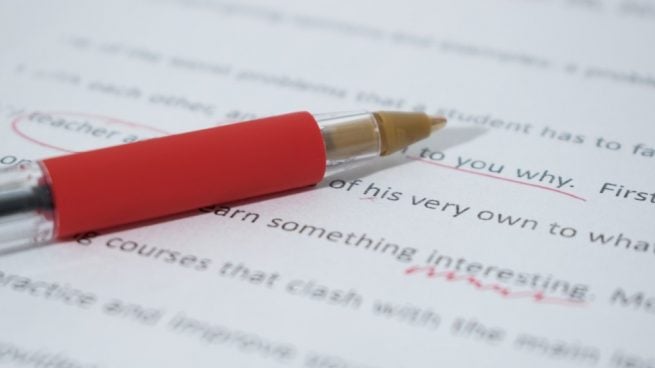Cómo conjugar verbos en inglés

Aprender idiomas es muy importante por muchos motivos, principalmente por trabajo, estudios o incluso para poder viajar y comunicarte con personas de cualquier lugar del mundo. Los verbos son indispensables para hablar bien cualquier idioma, así que si quieres saber cómo conjugar verbos en inglés, sigue leyendo y verás que es muy fácil.
¿Es muy complicado conjugar verbos en inglés?
El inglés quizás sea el idioma más fácil para conjugar verbos, ya que la segunda persona del singular y del plural es la misma. Además, el verbo no se cambia según el género, como sí sucede en español. Sin embargo, hay una gran cantidad de verbos irregulares en inglés, y puede ser un poco difícil aprendérselos todos.
Pasos para conjugar verbos en inglés
- Presente simple: se conjuga muy fácilmente, ya que es tal cual el infinitivo pero se le añade una –s al final de la tercera persona del singular (I work, you work, he/she/it works, we work, you work, they work).
- Presente continuo: se utiliza para hablar del momento de ahora mismo y es el presente del verbo To Be + gerundio del verbo que quieras conjugar (I am working, you are working, he/she/it is working, we are working, you are working, they are working).
- Presente perfecto: para conjugar verbos en inglés en este tiempo verbal se utiliza have/has + un participio pasado (I have worked, you have worked, he/she/it has worked, we have worked, you have worked, they have worked).
- Presente perfecto continuo: se conjuga con have/has been + gerundio (I have been working, you have been working, he/she/it has been working, we have been working, you have been working, they have been working).
- Pasado simple: este tiempo verbal tiene mucho verbos irregulares, y en el caso de los regulares se añade –ed (I worked, you worked, he/she/it worked, we worked, you worked, they worked).
- Pasado continuo: se forma con was/were + gerundio del verbo que quieres conjugar (I was working, you were working, he/she/it was working, we were working, you were working, they were working).
- Pasado perfecto: se forma con had + participio paso del verbo a conjugar, y se utiliza para hablar de una acción en pasado antes de otro momento (I had worked, you had worked, he/she/it had worked, we had worked, you had worked, they had worked).
- Paso perfecto continuo: este tiempo verbal se forma con had been + gerundio (I had been working, you had been working, he/she/it had been working, we had been working, you had been working, they had been working).
- Futuro simple: se utiliza el auxiliar will + infinitivo del verbo a conjugar (I will work, you will work, he/she/it will work, we will work, you will work, they will work).
- Futuro continuo: se forma con will be + infinitivo y se utiliza para una acción continua a un momento en el futuro (I will be working, you will be working, he/she/it will be working, we will be working, you will be working, they will be working).
Por supuesto, hay muchas formas más de conjugar verbos en inglés, pero estas sin duda son las que más se utilizan.
Temas:
- Aprender inglés
- Idiomas
- inglés









